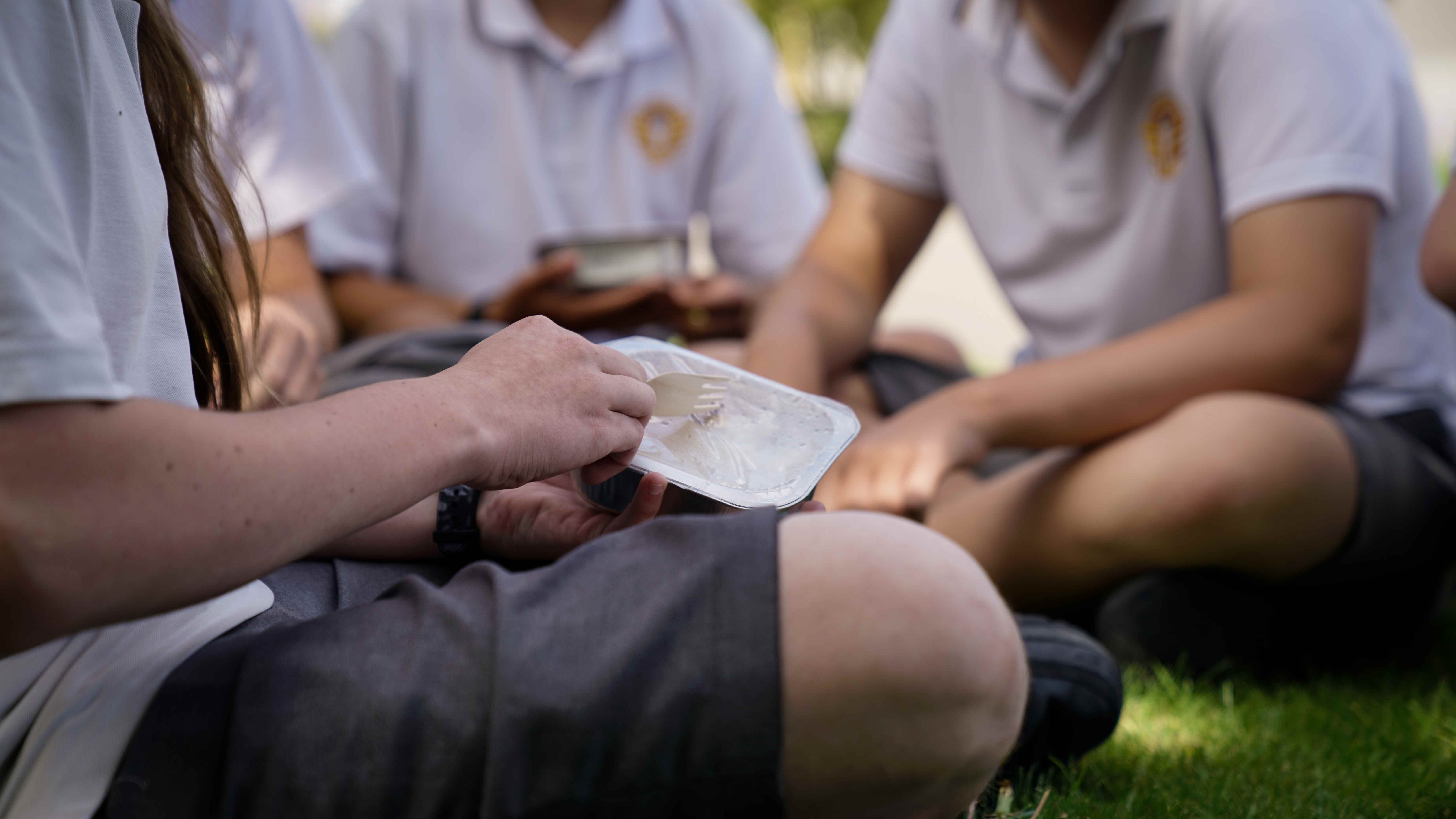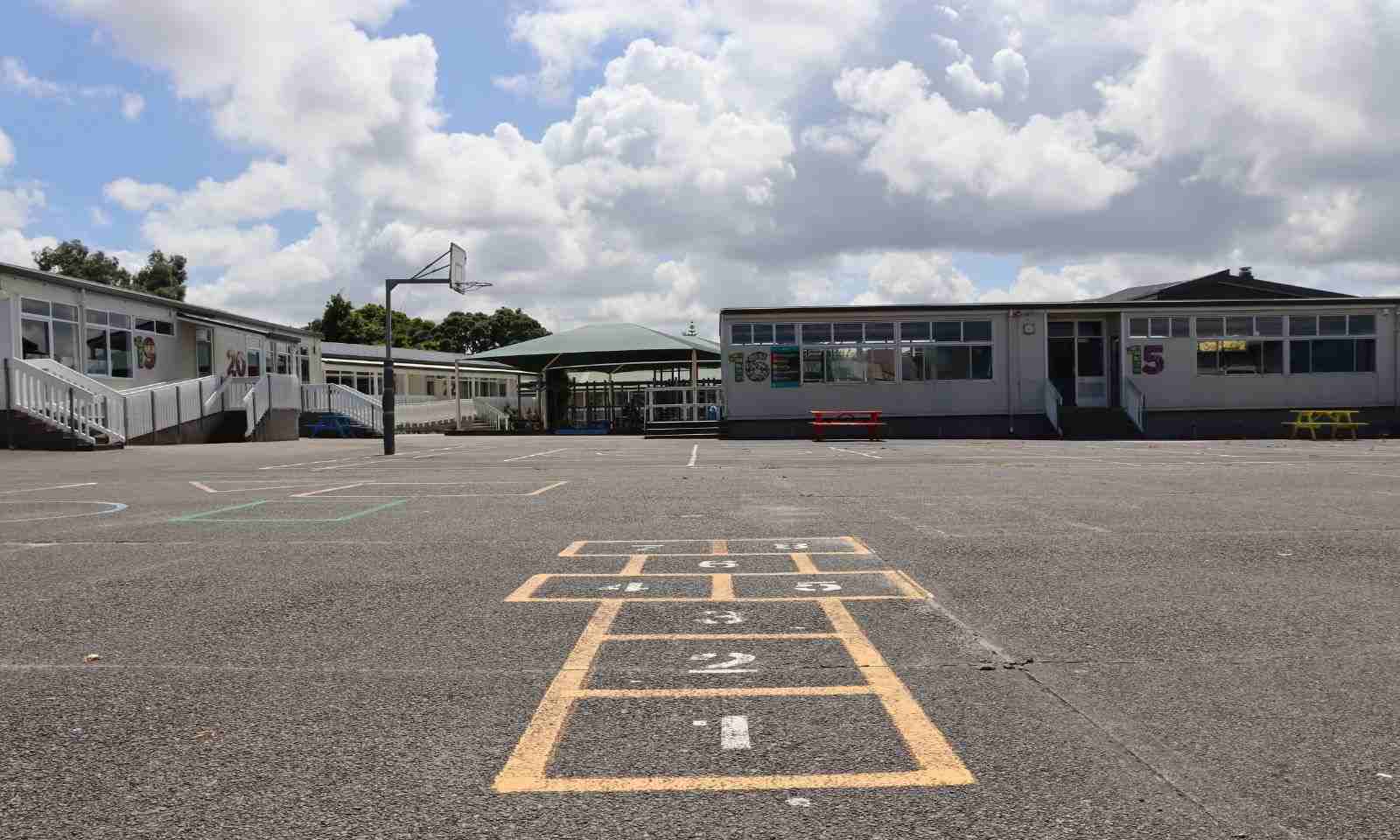

Pacific student achievement rose slightly at Level 3 to 64.6 from 60.4 per cent last year, but University Entrance (UE) attainment for Pacific learners remained at 32.2 per cent, well below the national average of 50.6 per cent.
Photo/Unsplash
Socioeconomic barriers continue to widen the Pacific education gap - Auckland principal
New figures show Pacific learners trailing in NCEA and UE results, prompting calls for targeted investment to address issues of housing, food and digital inequality.


A South Auckland principal says socioeconomic barriers continue to hold back Pacific learners, as a report highlights that Pacific achievement rates remain the lowest nationwide.
According to the New Zealand Qualifications Authority’s (NZQA) 2024 Annual Report, 71.5 per cent of Year 11 students enrolled in full NCEA Level 1 programmes achieved their qualification last year, down from 81.9 per cent in 2023. But for Pacific students, the pass rate was 54.6 per cent, the lowest of any ethnic groups.
Pacific student achievement rose slightly at Level 3 to 64.6 from 60.4 per cent last year. However, University Entrance (UE) attainment for Pacific learners remained at 32.2 per cent, well below the national average of 50.6 per cent.
Speaking to William Terite on Pacific Mornings, Vaughn Couillault, the Principal of Papatoetoe High School, notes that the decline in Level 1 achievement is not surprising, as more schools are choosing to withdraw from offering that qualification.
He says that socioeconomic barriers like housing insecurity, food poverty, and digital inequity can have a major impact on Pacific student success.
“Issues when you are working for a community that experiences socioeconomic disadvantage, family and domestic situations that are uncertain or unpleasant, so any range of things, but the biggest one is the amount of disposable income,” Couillault says.
Listen to Vaughn Couillault’s full interview below.
He says supporting Pacific student achievement requires a tailored approach rather than a “one-size-fits-all” solution. Couillault adds that communication is key, especially with learners, to understand their needs and adapt teaching methods that meet that.
“Also, we still have to address as a nation the equity issue that we've got. The digital divide issue, food poverty and housing insecurity. That happens in communities where the average income is low.”
According to the 2023 Census data, 112,496 people, or 2.3 per cent of the population, were severely housing-deprived that year. The situation disproportionately affected Pacific people (6.6 per cent) and Māori (394 per 10,000).
Food insecurity also impacts roughly 50 per cent of Pacific children, who lack access to nutritious or adequate meals weekly. Pacific tech experts attribute the lag in using Artificial Intelligence to the ongoing digital divide.

Food insecurity also impacts roughly 50 per cent of Pacific children. Photo/Ka Ora, Ka Ako Healthy School Lunches Programme
Labour Party Deputy Leader Carmel Sepuloni says the recent NCEA figures confirm that Pacific youth are falling behind due to external factors. She points to Pacific people experiencing high rates of poverty alongside Māori and facing unstable housing situations.
“There's a whole lot of pressure that comes with those things that can have an impact on their ability to achieve at school. This is why things like our Food in Schools programme, free public transport for children and half-price public transport for young people were so important,” Sepuloni says.
“It addresses some of the external challenges that actually have an impact on our kids' ability to get on and learn.” She calls for more investment in the education sector, adding that ensuring children leave school with the highest qualification is key to shaping their career pathways.
“It is investing in our teachers and making sure that they get access to the professional development that they need so that they can be the best teachers possible in front of our kids,” Sepuloni says.
Watch Carmel Sepuloni’s full interview below.
The release of the NZQA report coincides with secondary school teachers preparing for strike action next Wednesday in response to the Government’s offer of a one per cent pay rise over three years. This also follows last month’s specialist education staff strike, where around 1300 workers walked off the job for two hours.
Sepuloni criticises the one per cent offer as both offensive and “effectively, a pay cut”. “It is insane. Not only have our teachers been hit hard by the cancellation of pay equity and that has a massive impact on their future earnings, but then they're presented with an initial offer that is highly offensive,” she says.
“That one per cent is not even equivalent to the levels of inflation we've been experiencing. Their salaries will not be keeping up with the increasing costs. I feel for our teachers and you can understand why they are contemplating strike action.”

Vaughn Couillault says resolving disparity in disposable income and the digital divide are crucial. Photo/PMN News/Candice Ama
Couillault says the decision to reject the one per cent offer likely did not take long. He compares the situation to the opening exchanges in a sports fixture, where now that the first offer and industrial action are “out of the way”, a solution can be found.
“We're trying to get our attendance numbers up, so every day of missed learning will have some impact. Some of it can easily catch up, and you could argue that missing one day in a year isn't going to be too bad for you, but every day matters because you fall in or out of habits.”


